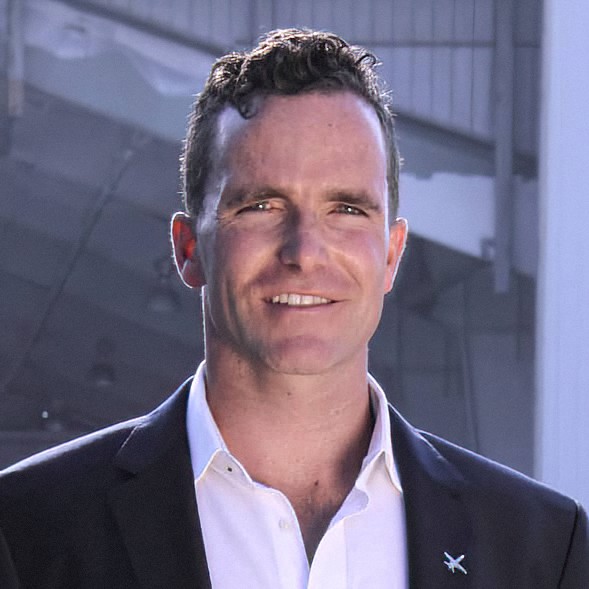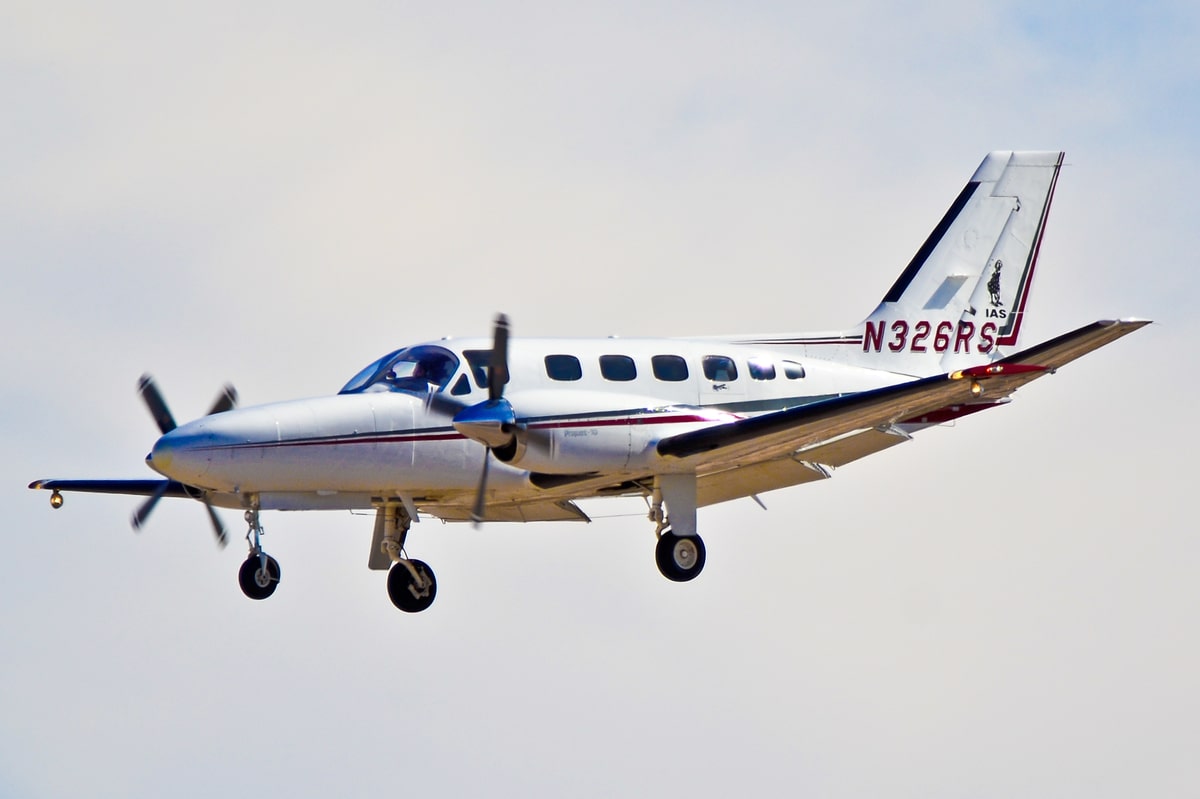Owning a private plane can be an exhilarating experience, offering unparalleled freedom and convenience. However, it’s crucial to understand the financial obligations that come with it, one of the most important being insurance. The cost of insuring a private plane can vary dramatically, influenced by various factors. As a private plane owner, understanding these factors can help you make informed decisions about your coverage and save significant money.
Whether it’s the type of plane you own or the pilot’s experience level, each aspect plays a pivotal role in determining the insurance premium. This comprehensive guide aims to explain each factor and how they contribute to the cost of insuring a private plane.
How Much is Plane Insurance for Different Aircraft Types?
The private aviation world is diverse, boasting various aircraft, each with unique characteristics, performance, and, consequently, insurance costs. This is why understanding the various types of private planes is pivotal to comprehending the potential insurance costs associated with each.
Single-Engine Piston Planes
At the lower end of the spectrum, we have single-engine piston planes. These are the most common aircraft among private owners due to their affordability and simplicity. A well-known example is the Cirrus SR22, a popular choice for new pilots and flight schools. With its low operating costs and easy handling, the annual insurance premium for such an aircraft may be around $4,000 to $20,000.
Multi-Engine Piston Planes
Next, we have multi-engine piston planes. These aircraft, such as the Piper Aztec, Diamond DA62, or Beechcraft Baron, offer enhanced performance and capabilities, including the added safety of a second engine. However, this additional complexity means higher potential repair costs and, consequently, higher insurance premiums, possibly $4000 to $3000 annually.
Turboprop Planes
Turboprop planes like the Pilatus PC-12, Daher TBM, Piper Meridian or King Air series offer greater range, speed, and carrying capacity, making them popular for business use. However, these benefits come with a higher price tag for the aircraft and its insurance, costing tens of thousands of dollars annually.
Private Jets
At the top end, we find the jets. Private jets such as the Cessna Citation series or Gulfstream models represent the pinnacle of private aviation, offering luxury, speed, and long-range capabilities. Understandably, insuring this high-value, high-performance aircraft can cost significantly more, with premiums often surpassing $30,000 per year.
Helicopters
Lastly, helicopters, like the Robinson R44 and Bell 505, are also part of the private aircraft realm. These versatile machines can be used for various tasks, from personal transportation to aerial work. But their operational complexity and maintenance requirements often translate into higher insurance premiums compared to similar-sized airplanes.
Factors that Affect Airplane Insurance Cost
Several factors come into play regarding the cost of insuring a private plane. Understanding these factors can clarify how insurance premiums are calculated and help you navigate your way to the best coverage for your needs.
Pilot Training and Experience
One factor that can significantly influence insurance costs is the pilot’s training and experience. Insurance companies often charge lower premiums to pilots with advanced certifications and licenses, such as commercial or airline transport pilot licenses, may pay less than those with a basic private pilot license or recreational pilot license. Advanced training typically equates to safer flying practices, reducing the risk of accidents. Whereas a younger or less experienced pilot is generally considered riskier, leading to higher premiums. That being said, insurance premiums increase as pilots reach their senior years.
Moreover, pilots who continually update their skills with additional training, such as instrument or multi-engine ratings, will also likely benefit from reduced premiums. Thus, investing in advanced training and continually updating your skills makes you a safer pilot and can save you money on insurance.
Safety and Maintenance Records
Maintaining a robust safety and maintenance record for your private plane is crucial for reducing insurance costs. Planes with a history of accidents or poor maintenance can be considered a higher risk, leading to increased insurance costs. Whereas an aircraft with a clean safety history and regular maintenance checks is less likely to be involved in an accident, reducing the risk for the insurer.
Key tips for maintaining a good safety record include following all aviation regulations, regularly reviewing safety procedures, and avoiding unnecessary risks.
When it comes to maintenance, regular checks and timely repairs are critical. A detailed logbook of all maintenance activities helps manage the aircraft’s condition. It provides tangible proof to the insurance company about the plane’s upkeep.
Aircraft Usage
How and where you use and store your plane can considerably impact your insurance costs. If your aircraft is used for commercial purposes like charter flights, expect higher premiums due to increased usage and risk. Personal-use planes generally have lower premiums, but the frequency and type of personal use can still impact the cost.
Additionally, the plane’s storage location also influences insurance costs. Storing your plane in a secure hangar can lower your premiums than leaving it tied down outdoors. This is because a hangar provides better protection against weather and potential damage. The geographic location and its associated weather risks also play a part. For instance, storing and operating your plane in areas prone to severe weather conditions or high crime may increase premiums.
Liability and Hull Coverage
Understanding liability and hull coverage is essential when insuring a private plane. Liability coverage protects you against claims arising from bodily injury or property damage caused by your aircraft. Hull coverage, on the other hand, covers physical damage to your aircraft.
The amount of coverage needed depends on the plane’s value and the potential risks and liabilities you might face. A more valuable plane will require more extensive hull coverage, which can increase insurance costs. Similarly, higher liability coverage levels can lead to higher premiums. However, it provides more protection in the event of a liability claim such as bodily injury.
Aircraft Value
The value and age of the plane are also taken into account. More valuable planes or older aircraft that may require more maintenance can attract higher premiums due to the potential for larger claim payouts.
Location
Geographic location and local regulations are additional factors. Your premiums can increase if you operate in areas known for harsh weather conditions or high accident rates. Similarly, areas with more stringent aviation regulations may also have higher insurance costs.
Contact Us Today to Discuss Your Aircraft Insurance Rates
Numerous factors contribute to the cost of insuring a private plane. Each aspect can significantly impact your insurance premiums, from the type of plane and the pilot’s experience to the plane’s usage and storage. As a private plane owner, understanding these factors allows you to make well-informed decisions about your coverage.
Remember, while cost is an important consideration, the primary aim of insurance is to protect you, your assets, and others. Therefore, consult with aviation insurance professionals to find the most suitable coverage. Safe flying!

Benjamin Peterson
Graduated from the University of North Dakota with a degree in Commercial Aviation as a Pilot and Flight Instructor. My first professional job was working for Cirrus Aircraft as an instructor.
